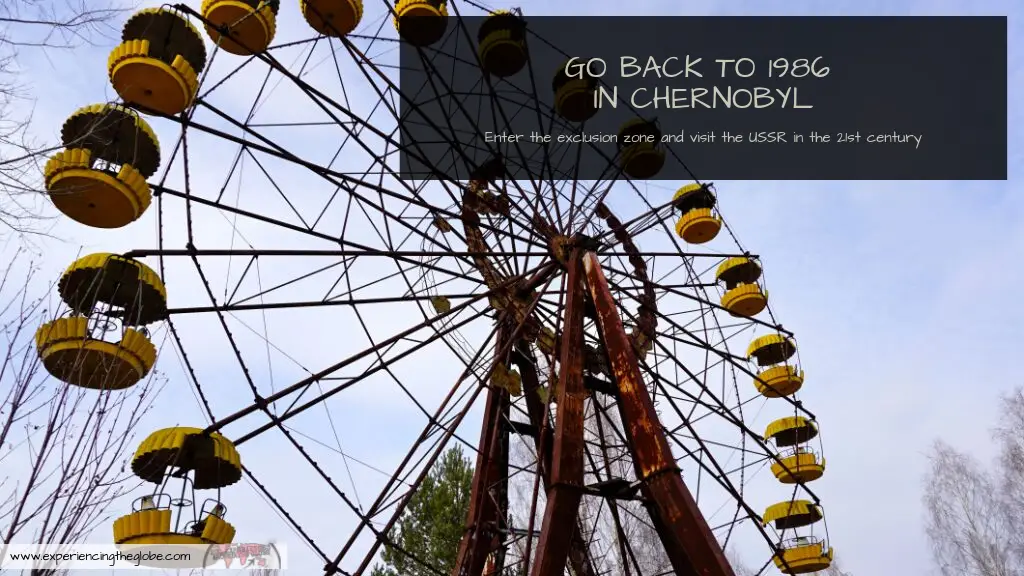

Chernobyl is a place full of mystery. Probably in our lifetime we won’t be able to grasp the real consequences of the disaster that took place the 26th of April, 1986. But we can understand a bit better how living in the USSR was visiting Pripyat. And that’s amazing in my book of things! I’m sure you have tons of questions: can you visit Chernobyl without a guide? Is it save to visit Chernobyl? How does Chernobyl look like today? Well, here you’ll find all the answers, and my insights on one of the most interesting and obscure destinations in the world.
How the trip came to be
While I was in grad school in London I had the opportunity to join a study trip to Ukraine. It took me exactly half a second to jump in. It was only a year after Euromaidan, the revolution that overthrew the Ukrainian government, and it meant having a chance to meet some of the new authorities, and have a first hand look at what was going on in the country. Actually, it was less than half a second. Without thinking about it, I was getting my ticket to Kiev. Well, in the process I realized that it was cheaper to fly to Moscow (so another unexpected trip happened! –more on that on a later post). This left me with limited time to see some amazing Ukrainian destinations, like the Tunnel of Love, but it gave me the excuse to go to a place that had always captured my attention: Chernobyl. I mean, who wouldn’t want to go to one of the most radioactive places on earth, right?
A bit of research told me I needed to book a tour from the capital for the day trip. After filling up a few hundred documents in which I stated that I took all the blame for a potential childless future, and after charging my card with one of the weirdest charges my bank has ever seen, I was on my way to the place of the disaster. Chernobyl, here I come!

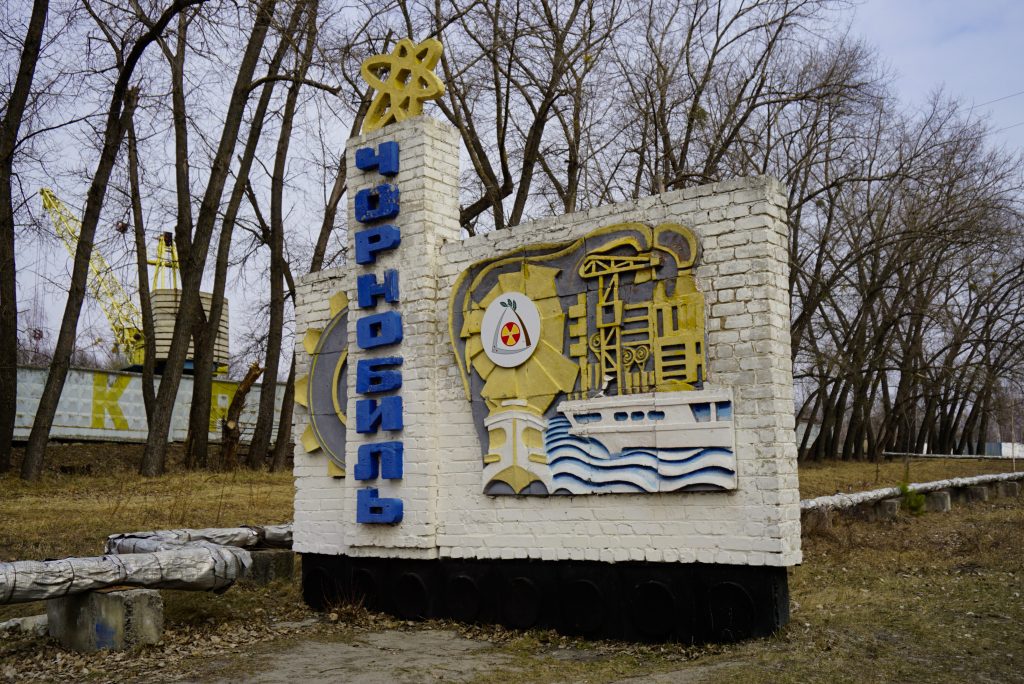
Visiting Pripyat
It’s difficult to disassociate the image of the abandoned wheel of fortune from the Pripyat amusement park when thinking of Chernobyl. The nuclear catastrophe that on Saturday, April 26th, 1986 exposed dangerous radiation doses to 5 million people living in contaminated areas and caused international alarm when radioactivity was detected in at least 13 European countries, stopped time, leaving an entire city abandoned.

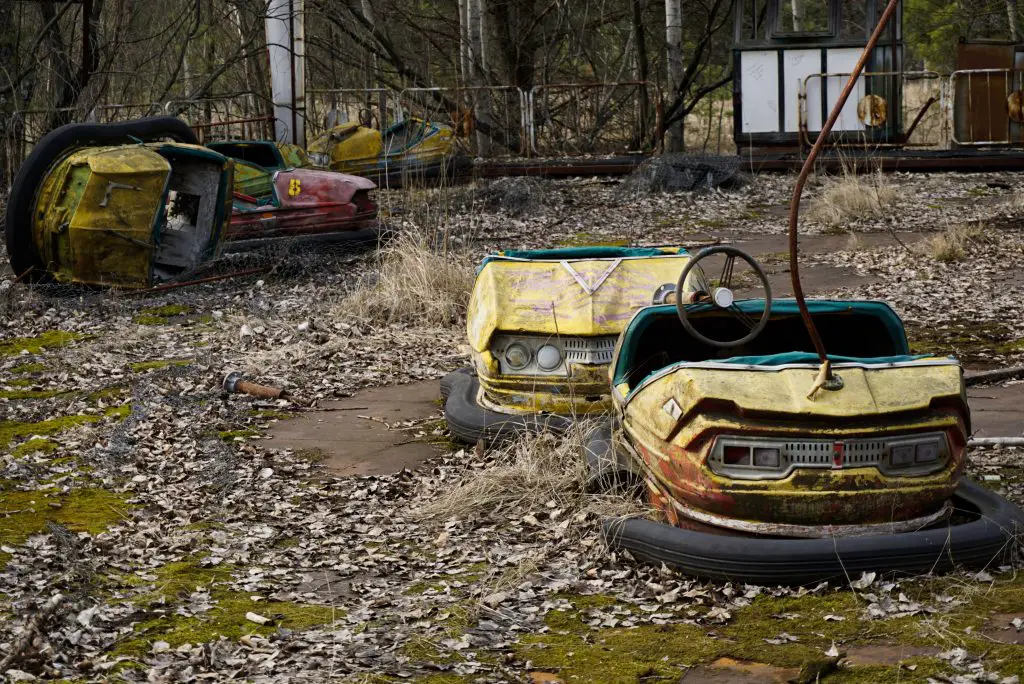
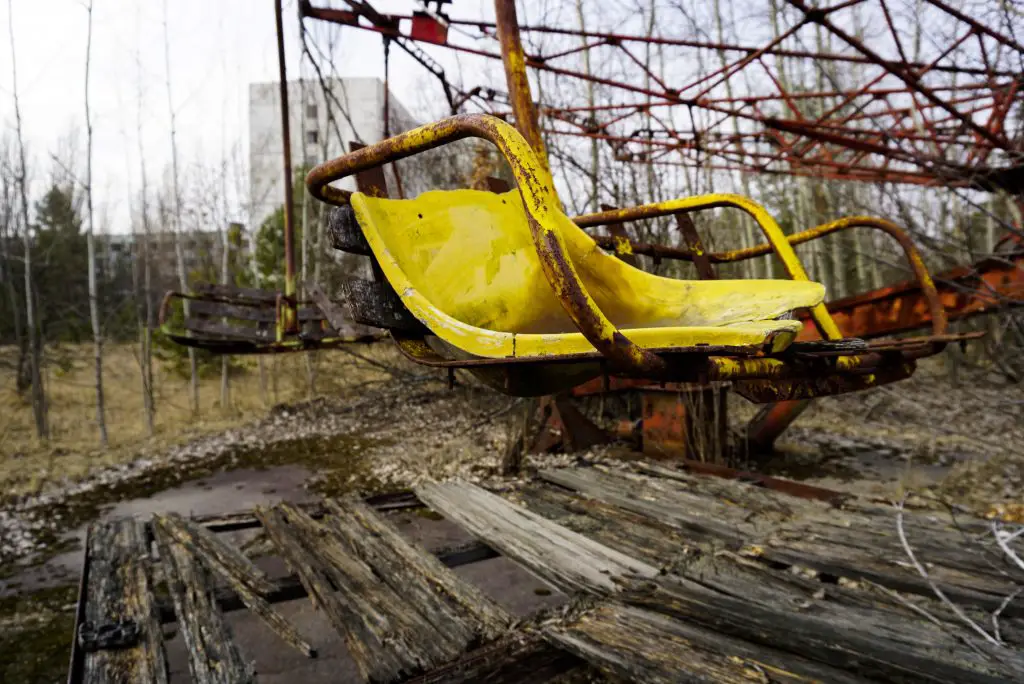
Pripyat was known as ‘the city of the future’. The government wanted to show the grandeur of Soviet engineering through its nuclear power plant, showing off even with the place where its workers lived. Thus, they built a metropolis that exceeded all the standards of the region and the era, with a state-of-the-art hospital, a hotel, an Olympic swimming pool and a big shopping center.
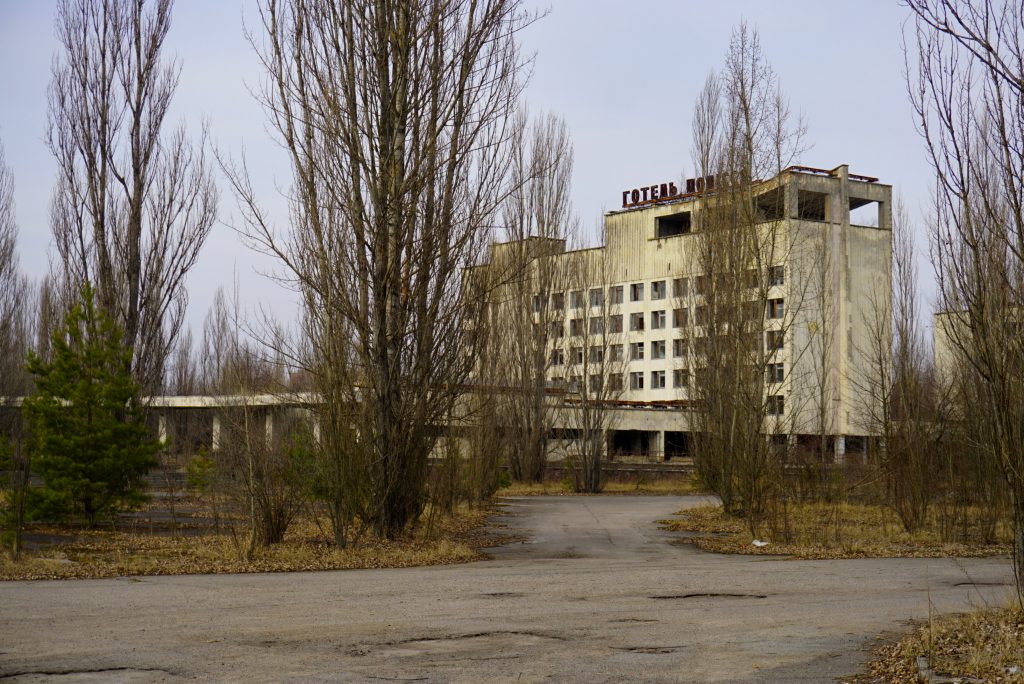
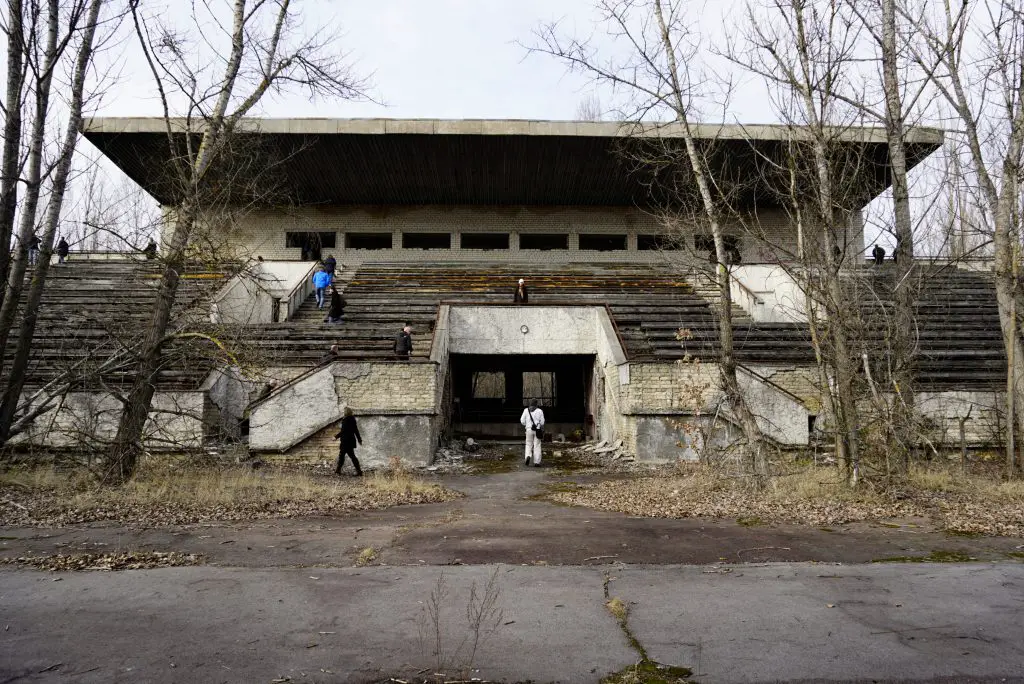

Therefore, visiting Pripyat in the 80’s was a luxury. And still is today. It’s literally going back to the past. When the population was evacuated, the authorities informed them that they could return to their homes in 3 days, so they shouldn’t take anything with them except their personal documentation. Of course, no one was able to come back. Later on, a 30-kilometer alienation zone was decreed, and an order was given that nothing could be removed from the perimeter. So, it really feels like time froze. Let the dreary panorama sink in and take the time to walk through the abandoned school, with its corridors full of broken books and masks that were given to the children when the magnitude of the accident was sized, and around the kindergarten, full of toys destroyed by the passing of the time. Today it’s just a bitter reminder of the explosion in reactor 4.
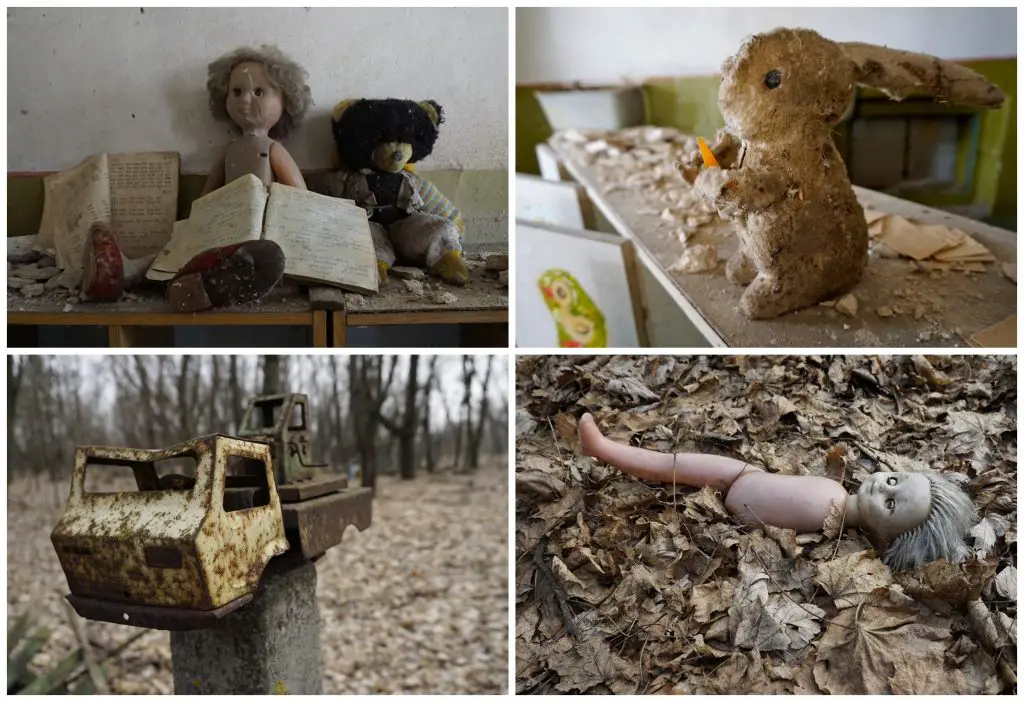
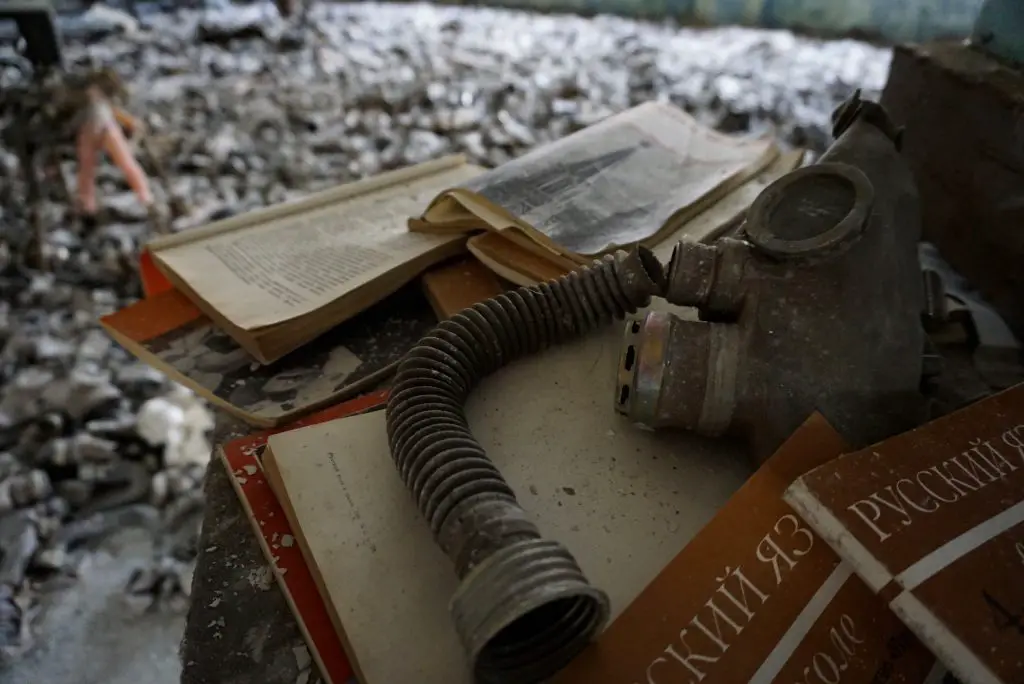
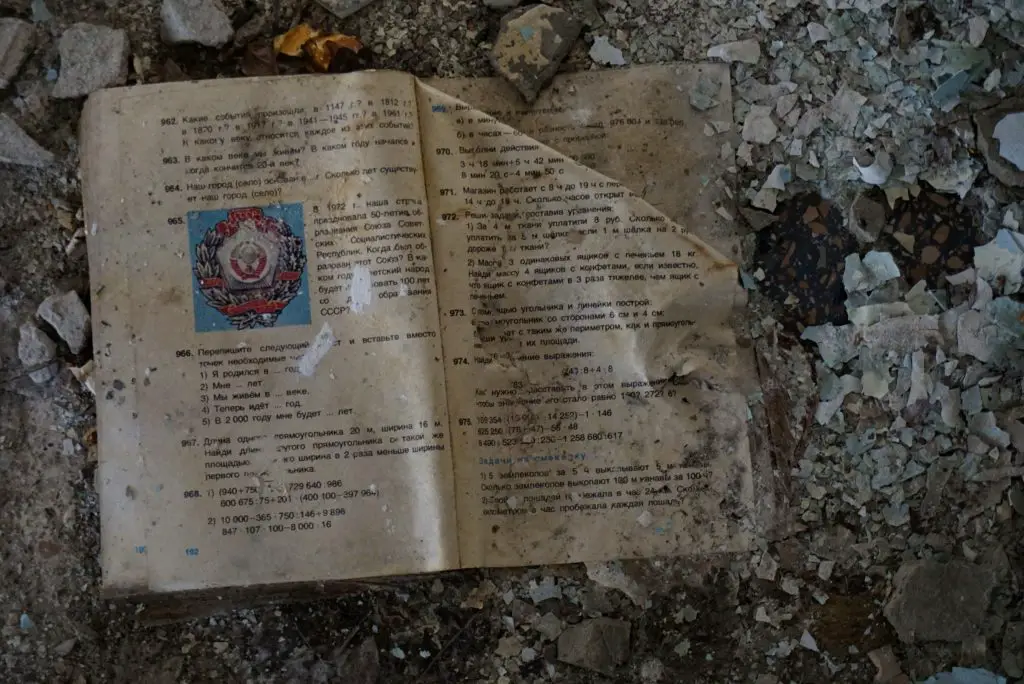
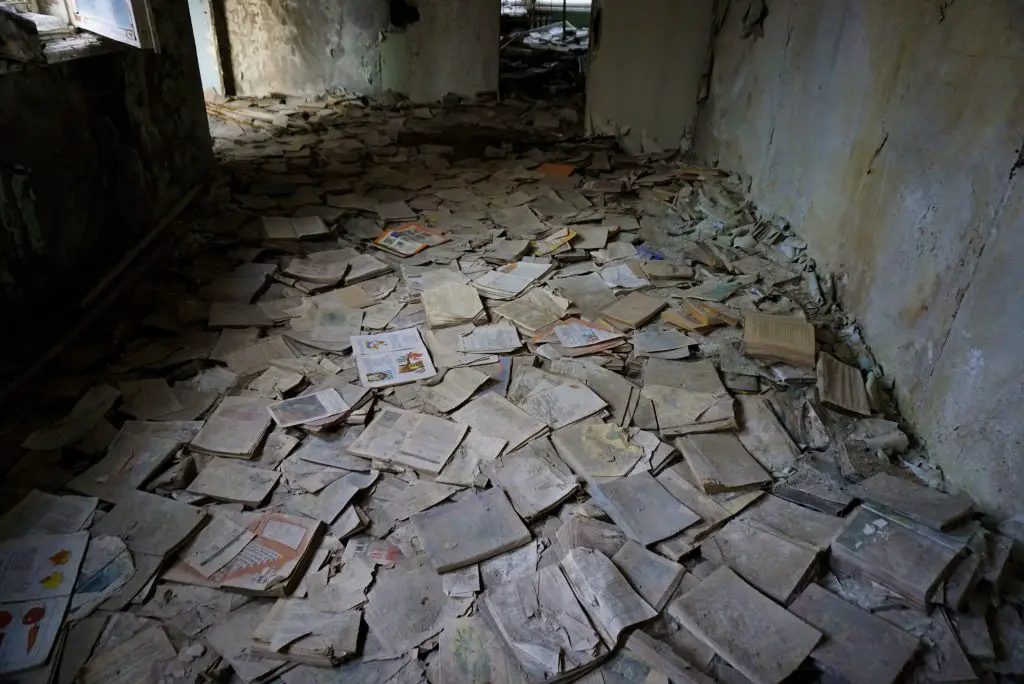
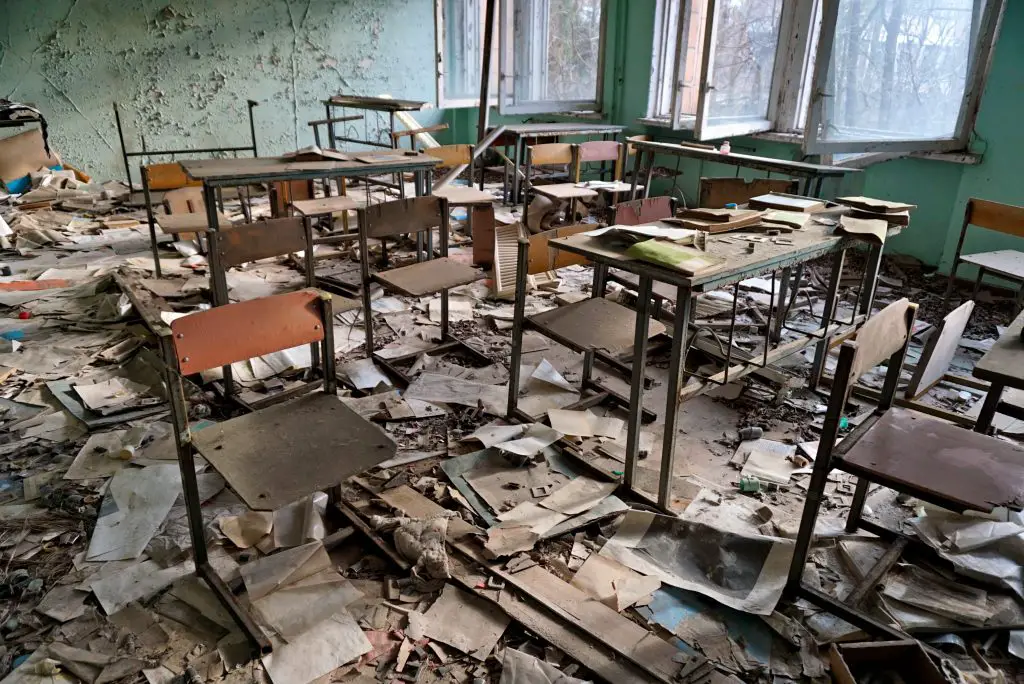
But the murals on the streets, the state emblems of the USSR and the Ukrainian Soviet Socialist Republic on the roof of public buildings, and the political propaganda posters next to the ballot boxes that were going to be used on May 1st, are items that a museum couldn’t have preserved as vividly as the abandonment of the Chernobyl exclusion zone did.
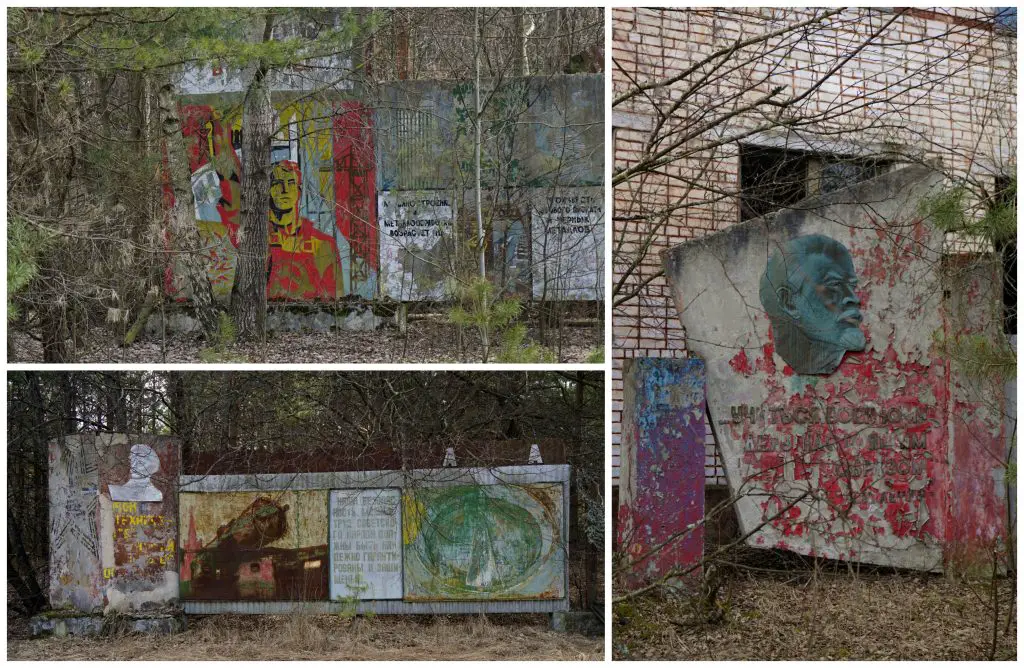

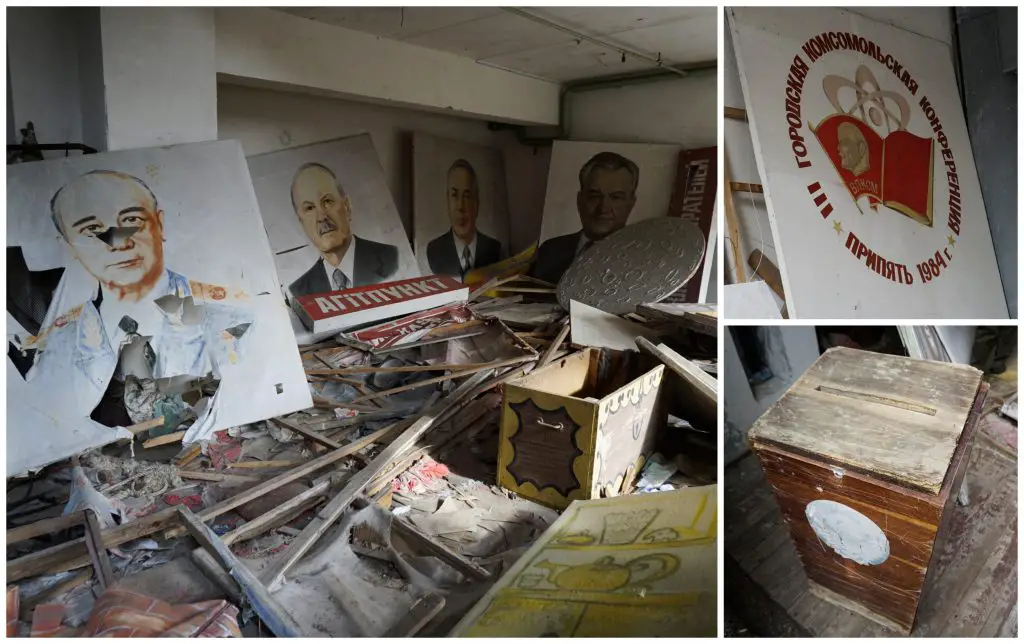
The accident and the “solution”
The experience of witnessing life in 1986, being in the 21st century, is magical. There’s nothing similar in the world. And although it’s limited to only a few hours, since the place still has very high levels of radiation, it’s enough to feel a fraction of what life was like in the Soviet Union.
Although there is no scientific consensus on the real incidence of the tragedy in the mortality of the population, we know that the explosion had 31 direct victims and that hundreds of thousands of people received dangerous doses of radiation, especially the ones that worked in the decontamination process. The Soviet government didn’t want to acknowledge what happened, so it took them 36 hours (!) to give the order to evacuate the area. Only then they began to evaluate what to do with the reactor that had suffered the explosion.
It was decided to build a ‘sarcophagus’ that simply kept radioactive nuclear material locked up. This was built to have a useful lifetime of 30 years, hoping that in that time the international community would be able to come up with a permanent solution. In fact, one of the things that impressed me most when visiting Chernobyl is that, 30 years later, the effects of radiation and corrosion on the sarcophagus were visible to the naked eye. Since no one has been able to find a solution, a new dome, larger and more resilient, was built to cover the first one. This time its estimate lifetime is 100 years. Maybe a lasting solution will be found before having to build a third one.



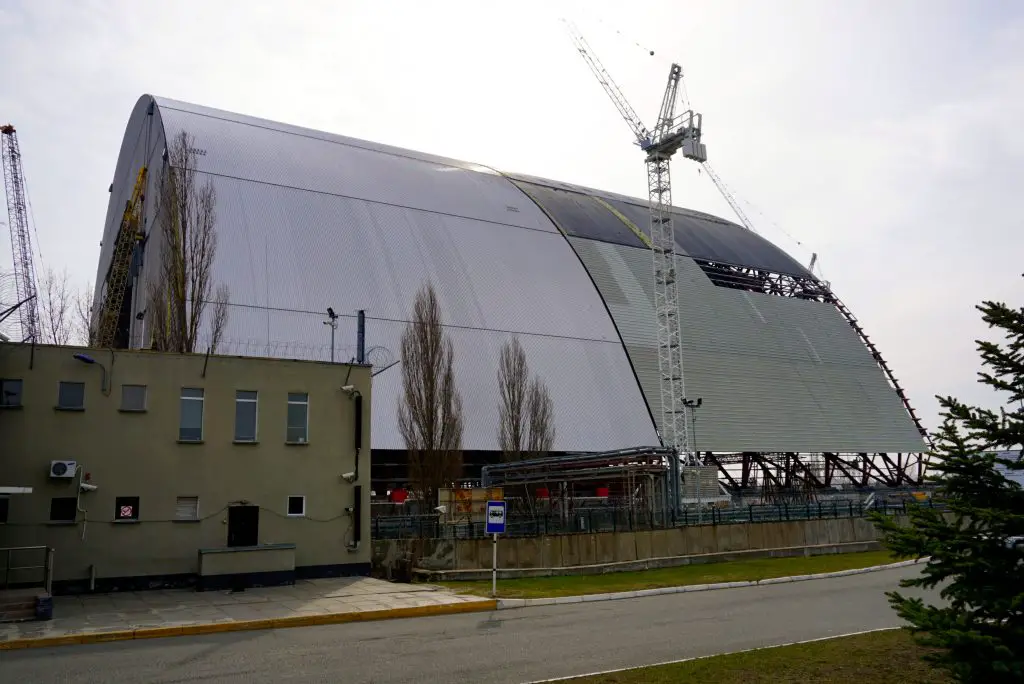

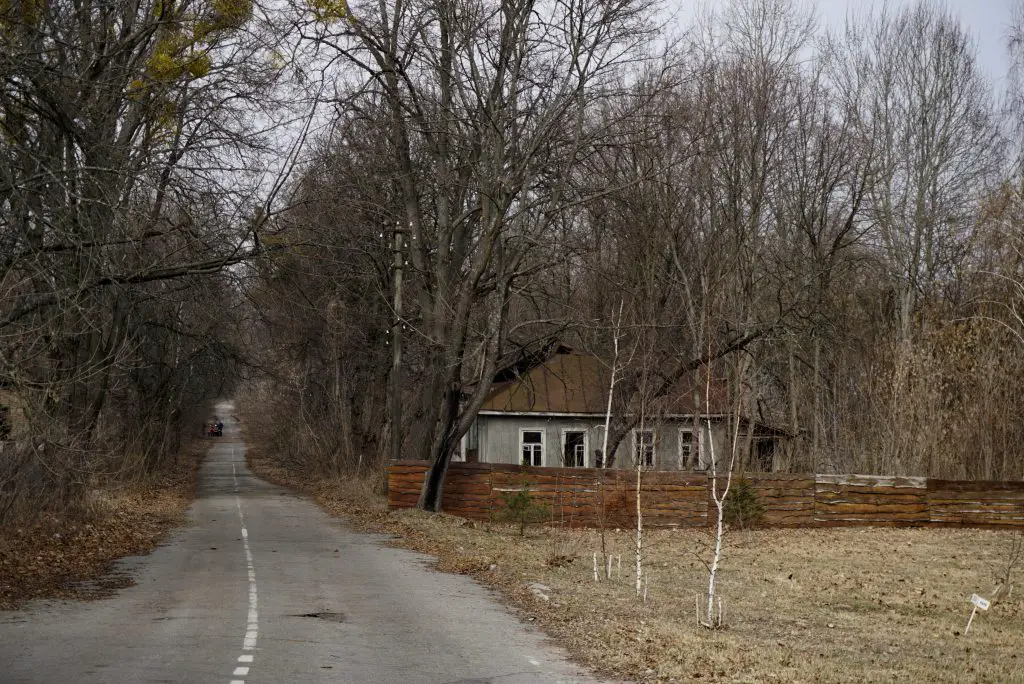
When you enter the exclusion zone, you get a dosimeter to measure the radiation. In some places it’s absolutely normal. In others it’s so high that it’s not permitted to stay for more than a few minutes. But everything looks the same. This allows you to understand why people didn’t want to leave, and why many returned, even being warned about the consequences. Thus, Chernobyl became a place where people died at the hands of an invisible executioner.

Today nature is bending the hand of the destruction that man provoked. Small trees are growing in the cement. Among the forests that survived the effects of radiation wild animals found a new home. This brings hope. Over the heartbreaking devastation left by the nuclear accident, you can see how life thrives.
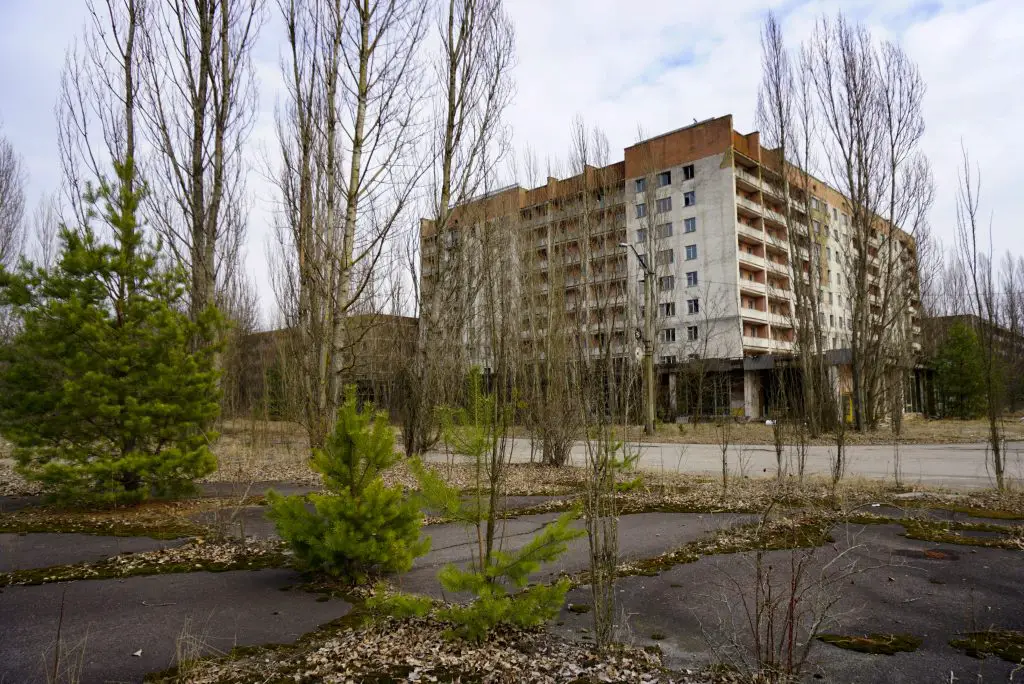
Was it worth a spot on my Bucket List?
I’m crazy enough to enjoy weird places, and my interest in politics and history made it an incredible trip for me, but I have to say it’s not for everyone. It’s really overwhelming to know you’re standing where something that tragic happened. And although the visit is supposed to be safe, you don’t really know if radiation will have any effect on you.
With that said, if you’re a bit crazy, and you happen to find yourself in Ukraine, go for it. It’s such a different experience. There’s nothing in the world like it!
Ready to go? Book a tour (remember it’s the only way to visit)
Liked it? Want to read it later? Pin it!


Enjoyed what you read? A lovely way to show your appreciation is by buying me a cup of coffee 🙂
Your support will ensure I keep bringing you stories and insights from around the world! Thanks so much!



What an interesting read. Thanks so much for all your insights! Shame it’s out of reach atm, but I’d love to go one day
I’m glad you enjoyed the post, and I hope this pointless war is over soon, and we can all go back to beautiful Ukraine!
Hello! I can’t imagine what it must have been like to even just be where such a catastrophe happened.
The time on the photo has stopped! This is an unusual and extreme experience! Thanks for sharing!
It’s an amazing experience! Hope I managed to take you there through my tale 😊
Thanks for sharing, definitely an interesting read. It looks like a spooky but interesting place to visit. I love all the little treasures that Eastern Europe has to offer and I need to explore more.
Ashlee | ashleemoyo.com
Eastern Europe is super interesting! I hope you get to explore it more. I’m here if you need any advice 😊
Chernobyl fascinates me. I think I would totally visit if given the chance. The spookiness of the empty places is like a horror movie, but I think there is hope in seeing nature take the area over. This too shall pass…
Exactly my thoughts. It’s eerie, but seeing how nature is taking over give us hope 😊
Wow. What an experience. I can’t imagine what it must have been like to even just be where such a catastrophe happened.
It’s really overwhelming, but that makes it super interesting!
I had goosebumps reading this. The photos truly are so eerie! What an experience!
I’m so happy I took you there with my story, Kate! I felt goosebumps the whole time I has there. And yes, it’s super eerie, but so interesting!
This is incredible to see. It was such a tragedy that so many people suffered from but it’s interesting to see how life was then especially since everything was left when they were evacuated.
That’s exactly what makes it so magical to me. It’s the only place in the world you can see how time stopped. You get to witness life in 1986, and how nature is taking over in the 21st century. It’s really special!
This is so different and cool! I’d be afraid to go there with the radiation but what a tragic part of history.
It can be a bit scary, that’s why I think it’s not an experience for everyone, but it is really different, and quite cool! 😊
WOW! Thanks for taking us on your journey. This is so sad. Definitely a trip I wouldn’t be able to take with something so tragic.
As I said, it’s not for everyone, but I’m really happy you experienced a bit of it through me ❤️
What an experience! I like how you described it as being frozen in time, that is exactly what you captured in your photos.
It’s quite an experience! I’m happy you saw my words through the pictures ❤️